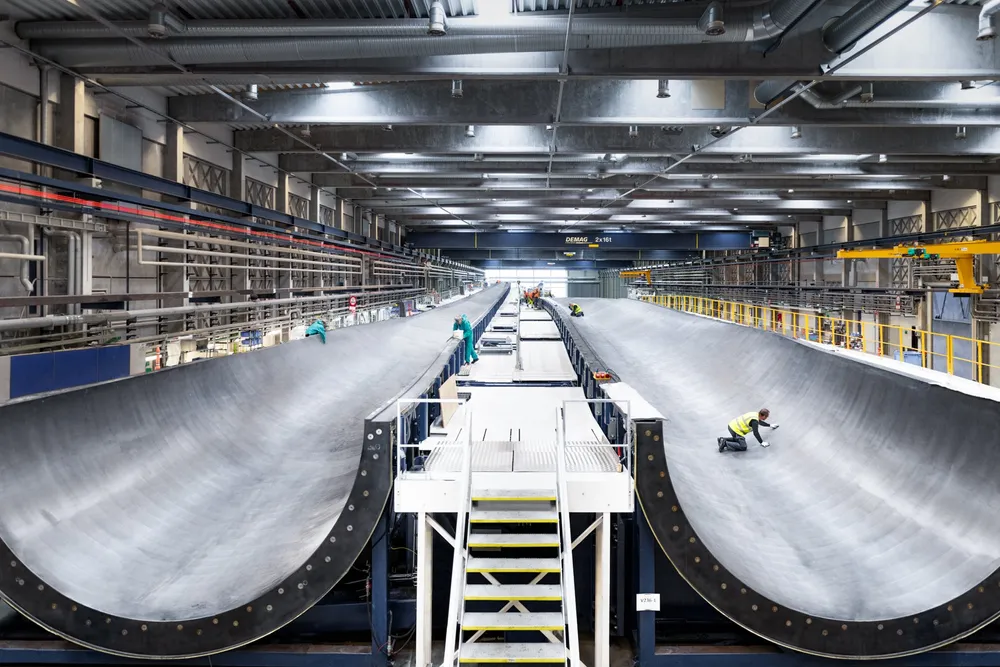Vestas halts major factory plan on drooping European demand
Only one month ago Vestas was extolling the attractions of Poland but clouds over the offshore wind sector have continued to darken

Vestas has shelved plans for an offshore wind turbine blade factory in Poland due to a decline in expectations over demand in its core European markets.
The Danish OEM announced last year that it would build the plant near Szczecin in Western Poland, and was expected to be ready to start up the new production line in 2026.
Shrinking profit margins and growing risks have undermined offshore wind auctions in several European countries, with some facing the ignominy of a “no-bids” outcome in key rounds.
Several countries have moved toward a system of two-sided contracts for difference (CfDs) in an effort to de-risk offshore wind investments and boost returns.
Vestas, like others in the offshore wind supply chain, has also been forced to radically reassess plans for the US market as a result of regulatory hurdles raised since President Donald Trump returned to office.
Hopes are still running high that future rounds in key European offshore wind markets such as Germany, Denmark and Poland itself will result in a much better uptake from developers.
Vestas tried to follow this more upbeat line in its statement.
“Vestas continues to invest in local manufacturing footprint where offshore wind market volume and certainty allow. Offshore wind will also help Europe build an affordable, secure and sustainable energy system,” the OEM stated.
Setback for 'promising' Poland
But cancellation of a blade factory project that was expected to create more than 1,000 jobs, could also pose problems for Polish Prime Minister Donald Tusk, whose government has pledged to put green energy at the heart of its efforts to boost energy security and create employment.
Retreat from the Polish plant also comes just as Chinese turbine makers are circling for a greater share of the European market.
The prospect of Chinese involvement in the UK’s energy infrastructure has fired up a debate about national security, placing pressure on the country’s Labour government not to give it the green light.